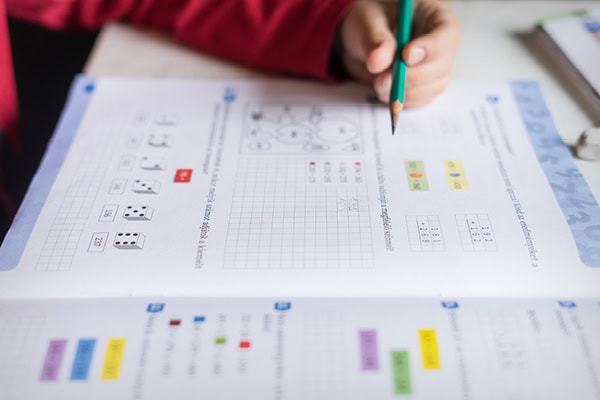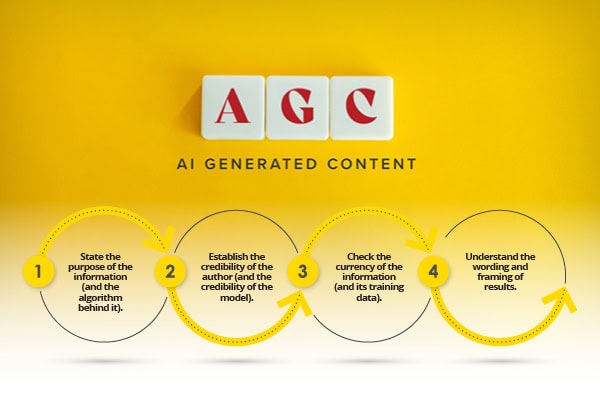Across every grade and part of the country, students in every racial, income and disability group have stagnated or regressed in math performance since 2015, eliminating nearly two decades of math progress across the country, according to an article in Education Week.
A survey of educators conducted by the EdWeek Research Center this spring shows performance has flat-lined in many classrooms. More than 60 percent of math teachers say their lowest-performing students trail two, three or even more years below grade level, while nearly 70 percent of math teachers say their highest-achieving students work at least a year ahead of grade level.
Here are five research-based strategies and techniques to help pull up math scores.
1) Provide screening: Experts estimate that 5 percent to 8 percent of students have developmental dyscalculia, a learning disability associated with severe, persistent difficulty in math.
About 25 percent have severe math anxiety, which can also significantly impair math learning. Early and systematic screening for both cognitive and mental health-related math challenges can help teachers intervene more effectively and more proactively with struggling students.
2) Commit to fact fluency: Put the universal use of calculators aside. All students need to develop automatic, fluent recall of basic math facts, such as addition/subtraction or multiplication tables. Interventions for students struggling in math at any grade should include at least 10 minutes per class dedicated to building fluency in basic math facts. Recall should be practiced in the context of learning the concepts underlying basic facts — the links between addition and multiplication or the relationships between variables in an equation, for example.
3) Make connections: Strong evidence exists that students need explicit, systematic instruction to understand how foundational concepts connect to each other. Regular discussions to justify different approaches to solving problems should be held, and teachers should encourage students to think about the underlying logic of their approaches.
4) Monitor and reflect: Students who perform below grade level in math improve faster than average with interventions, but the pace frequently is not quick enough to keep pace with higher-performing students by the end of the school year. Progress should be regularly monitored by teachers and the struggling students to both reflect on and zero in on the critical skills and concepts needed to continue to learn grade-level content.
5) Deliver high-dosage tutoring: One-on-one or very small group instruction provided by a trained teacher or tutor at least three times a week, or about 50 hours a semester, is the most effective way to accelerate student learning in math. But only 10 percent of students—and only 2 percent of students who struggle most—receive math support. Incorporate tutoring by coordinating schedules, giving lesson-planning time, and providing other support to boost tutoring effectiveness and sustainability.
Education Week




